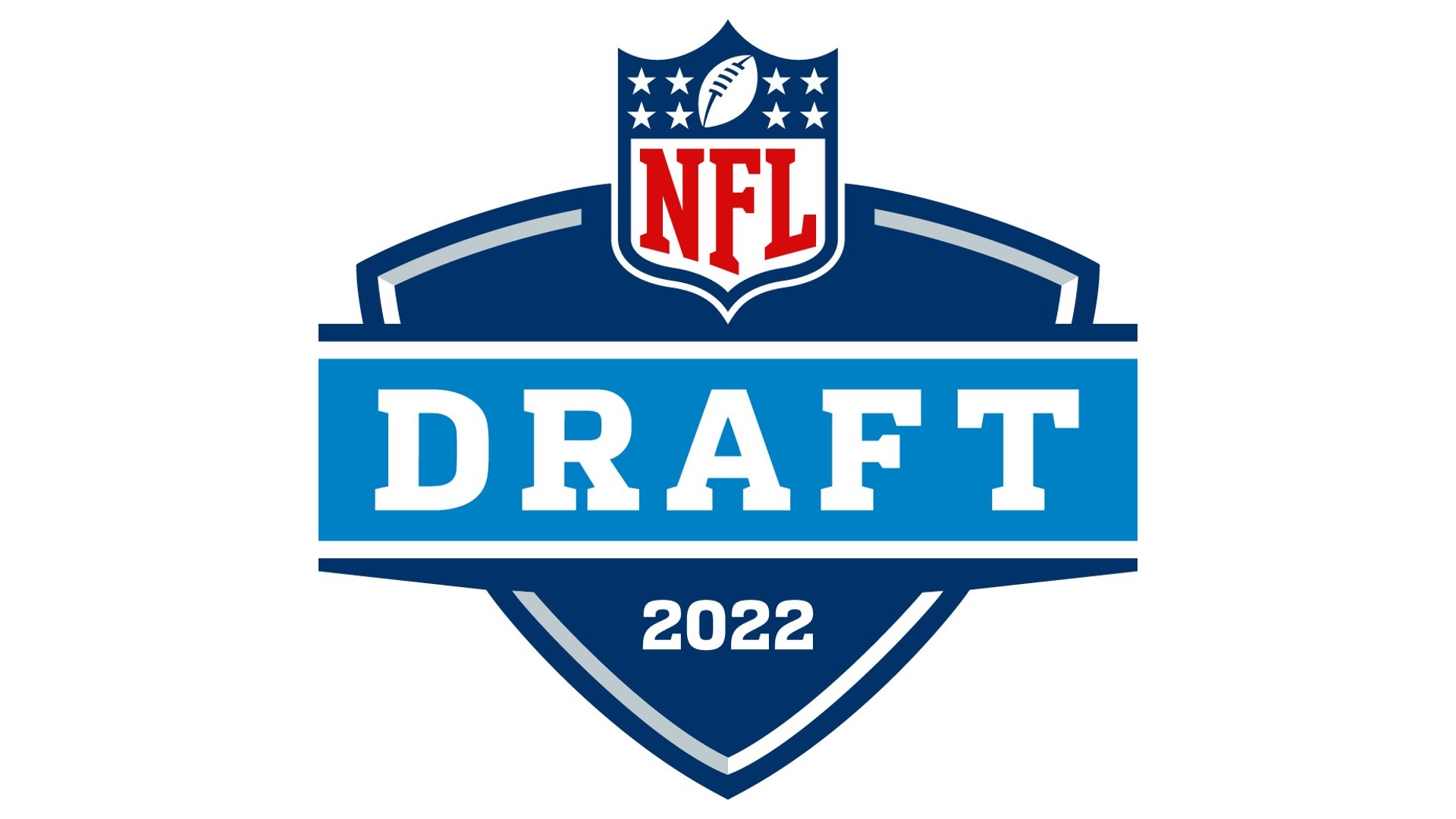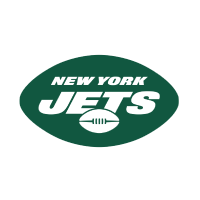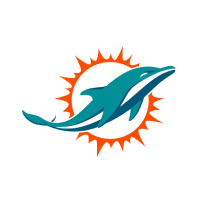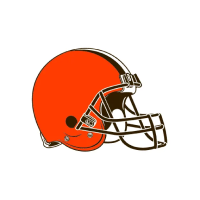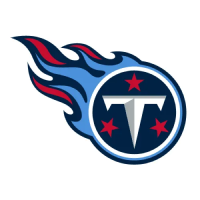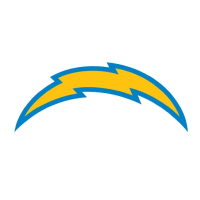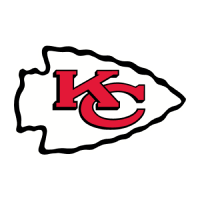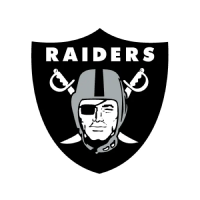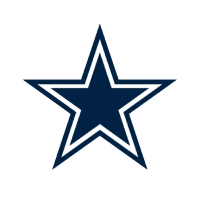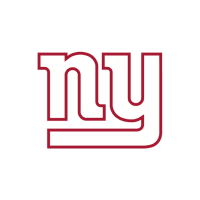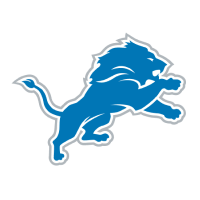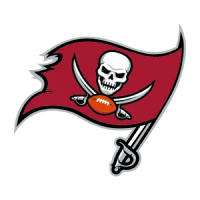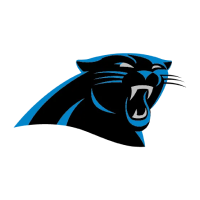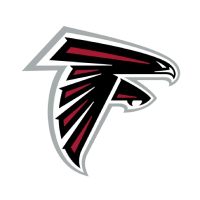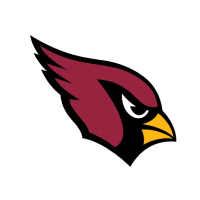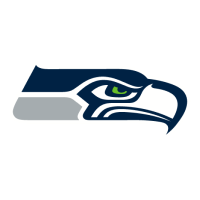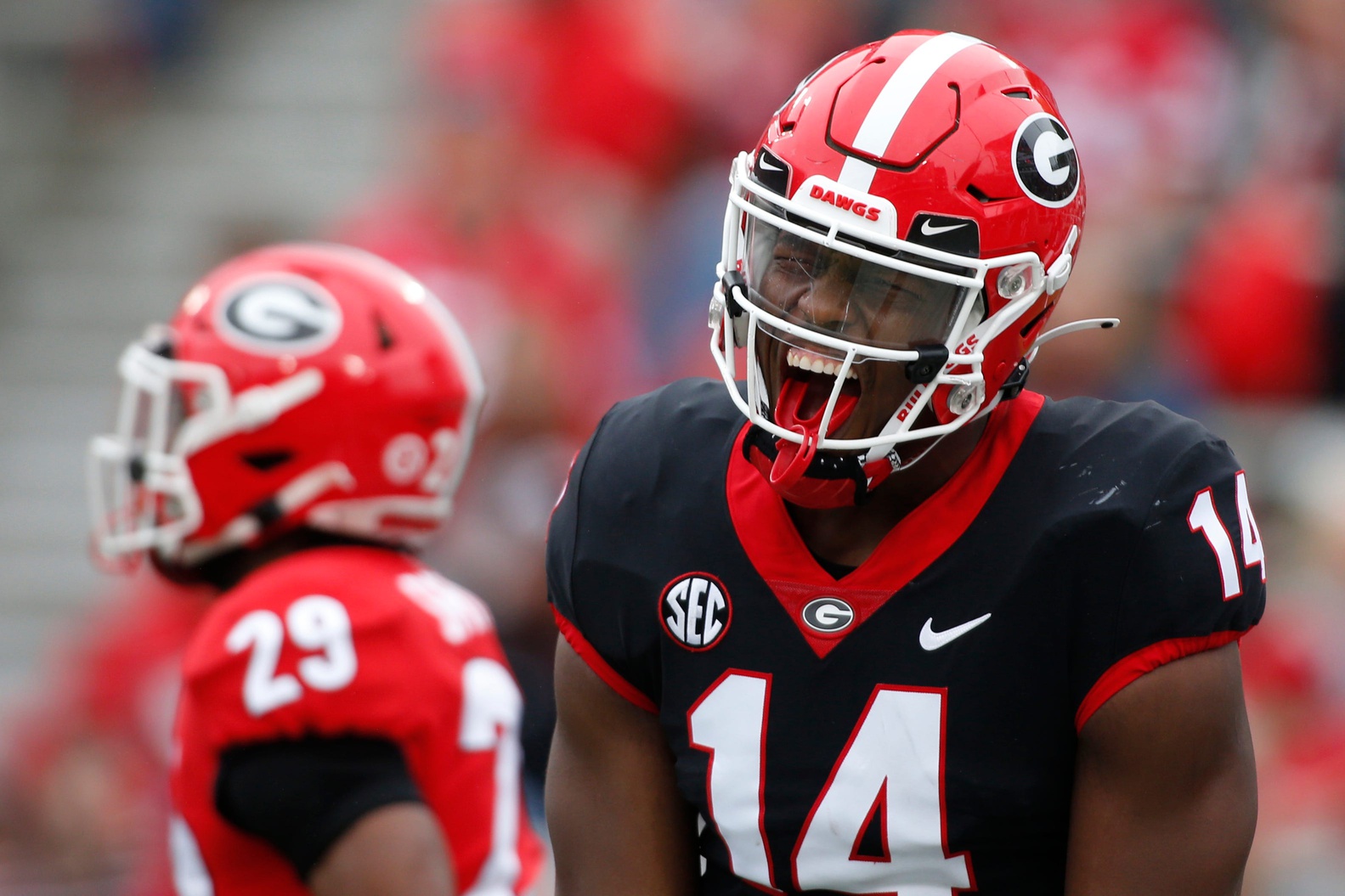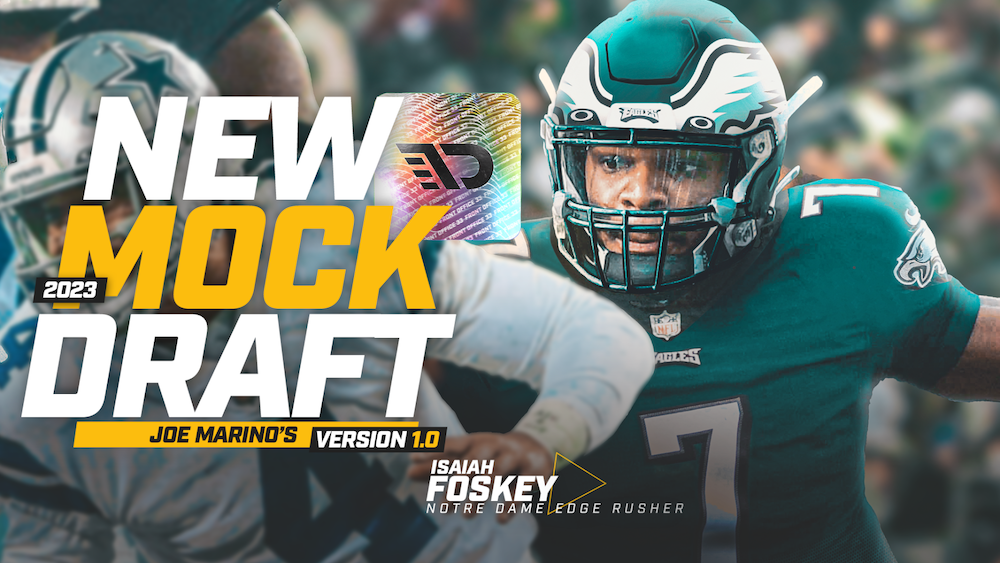Here’s a tweet.
https://twitter.com/MoveTheSticks/status/1409906707313020929
I like this tweet. I’m with whoever’s talking to Daniel Jeremiah.
Everyone has their deep-cut quarterback they’re hoping makes the leap in the 2022 class. How could they not? It’s a weak class and we’ve seen unprecedented leaps for players like Joe Burrow and Zach Wilson in recent draft classes. Summer scouting is now all about finding that one riser of a quarterback before anyone else does.
Well, everyone’s known about Matt Corral for a while, but he’s still my guy. Now, let’s not mince words here: Corral needs a lot of work. Multiple five-interception games isn’t something you want on the resume of the passer you’re backing, but that’s where I am with a guy like Corral. He is extremely confident in the pre-snap illustrations of the offense, and in a high-octane and intelligent offense like Lane Kiffin’s, he’s regularly rewarded for that confidence. But it can get ugly, quick.
This brings us to our Summer School assignment for Corral.
Matt Corral’s Summer School: Make Post-Snap Evaluations
Corral is a great Kiffin quarterback. He’s got a live arm that doesn’t suffer off-platform or from reduced throwing angles, so he’s able to run the RPO stuff to its fullest and still hit tough throws into tight windows. He can scamper and is a willing runner, so when the backfield gets blown up quickly—often the case for RPO-heavy teams that love to pull guys—he often eliminates the big sack and is able to make something of a negative situation. He’s willing to take shots, both physically when hanging in the pocket waiting for a double move to develop and metaphorically, as he will test tight man coverage down the field.
But because Corral is a good Kiffin quarterback, he’s become a bit too much of an automaton for Kiffin’s machinations at Ole Miss. We might describe Corral’s problem as a certainty that whatever cool stuff the defense has lined up, Kiffin’s offense has cooler stuff, and accordingly, an answer.
This is not always the case. Let’s take a look at this blitz from Kentucky. It’s 2nd-and-12 with less than two minutes in a tie ball game—this is gotta have it territory for the offense, and you should expect the defense to have a trick or two up its sleeve. Pre-snap, we immediately notice that there are only two cover players over three receivers to the wide side of the field (bottom of the screen). This should scream something fishy to Corral. Nobody is scrambling to figure things out on defense—they feel like they’re in the right set.
Which means the math is going to change somehow.
https://youtu.be/1TRBTuHRl00
It does. At the snap, both the linebacker and defensive end immediately bail to the three-receiver side to offer support in coverage. Corral is looking that way and his line is sliding in that direction. A quarterback of Corral’s experience should know that if a defensive end is dropping into coverage on one side of the formation, there’s almost invariably a blitz coming from the other side. Considering that, pre-snap, the narrow side of the field had an extra body (because the wide side was missing one), it’s even safer to assume a blitz is coming. And of course, the deep safety immediately drives to that half of the field, another telltale sign that he’s protecting a blitz.
Corral should know and recognize all of this—and should know and recognize that, with his line sliding away from the pressure, he’s gonna get a free rusher soon. But Corral never really checks the deep safety or the opposite side of the field and was content to stare down the three-receiver side. By the time he gets to the top of his drop and brings his eyes to the backside, it’s too late. That would have been quick enough against a standard rush, but against the blitz he should have seen, it spells a sack in a critical situation.
This is, very simply, on Corral. He has to be able to see this. There were too many tells, both pre- and post-snap, in too important of a situation. But he just kinda hung out back there and waited for the play to come to him.
Sometimes, Corral won’t let the play come to him, choosing his target long before the ball is snapped. On this shot play, Corral wants the slant-seam route from Elijah Moore out of the stack alignment. It’s a long-developing route, but one that a route-runner like Moore can be devastating on, especially if he gets the corner to worry about an intermediate-breaking route.
But he doesn’t. The corner stays upfield on Moore, knowing he has post safety help, and is able to recover and get back in phase on Moore. The deep safety, aware of the threat of Moore, is able to get on his horse and get connected as well. This route is never open the way it is designed—not for a single second of the play.
Corral throws it into double coverage anyway.
https://youtu.be/uPMEN4y6Ui8
If Corral was willing to check his work post-snap, he would have seen cornerback Kelvin Joseph in a great spot on this route. Then, he would have worked to the crosser developing in front of the post safety, and seen that covered nicely by the zone sinking linebackers. That would have led him to ask: “Huh… if Moore is doubled up, and those linebackers are clogging my window to throw the crosser, who’s on the back as my check-down?”
And the answer is nobody. Nobody’s within 20 yards of him.
I don’t know the Ole Miss back that well as a receiver, but this is an explosive gain, and maybe a touchdown if it’s thrown in stride. And he’s part of the progression! A totally viable candidate for Corral to throw it to, Corral just never considers making that post-snap decision; he never really evaluates the play post-snap at all.
Can this be fixed?
It definitely can. This is not a dissimilar issue to the one I listed with Spencer Rattler at Oklahoma: it’s a matter of having an internal clock, an internal sense for how the game works. Corral was presented with fishy numbers on both plays—once pre-snap, once post-snap—but was not able to figure out what those numbers were telling him. There is no real way to learn that besides work on the board, watching film, and then getting the reps over and over again. Your brain just starts to tell you when things are fishy; when they’re going south.
But this is definitely a steeper climb than the one that faces Rattler. Rattler has a lot of the answers and is learning how to implement them at the necessary speed; Corral doesn’t have all the answers yet. He shows a great knack for playmaking on the fly, which is an encouraging sign—it shows that he has created, and will respond to post-snap looks when he’s engaged. The issue is more so his faith in his arm, his targets, and his offensive designers—it is too rich, too agnostic of the reality that the defense is also able to make good plays.
Corral isn’t necessarily being babied by the Kiffin offense, but the more he struggles to make these evaluations, the more the offense will rely on RPOs, pop passes, and other crutches that will remove opportunities for development. It’s important that Corral comes into camp this year with a clear ability to make post-snap evaluations and choices, such that Kiffin gives him that long leash and he can continue to get those in-game reps.
Filed In
Related Articles
NFL Draft
Arik Gilbert Doesn’t Need Big Workload To Be A Top NFL Draft Pick
- Aug 22, 2022
NFL Draft
2023 NFL Mock Draft: Marino 1.0
- Aug 22, 2022
Written By
